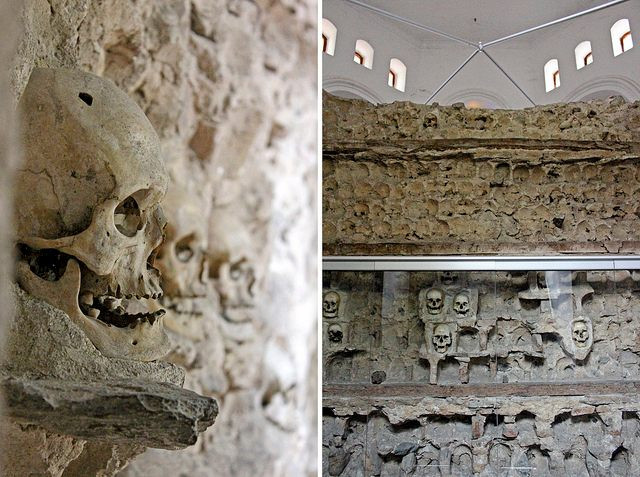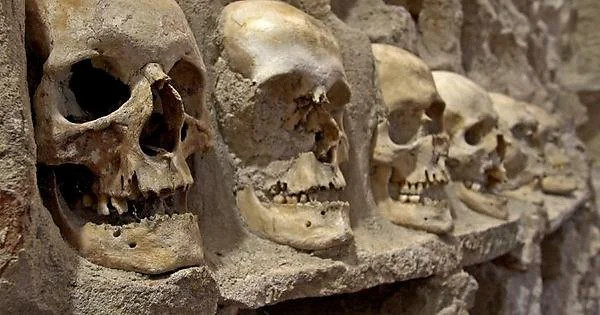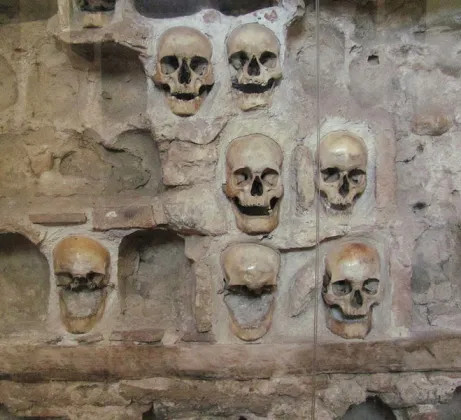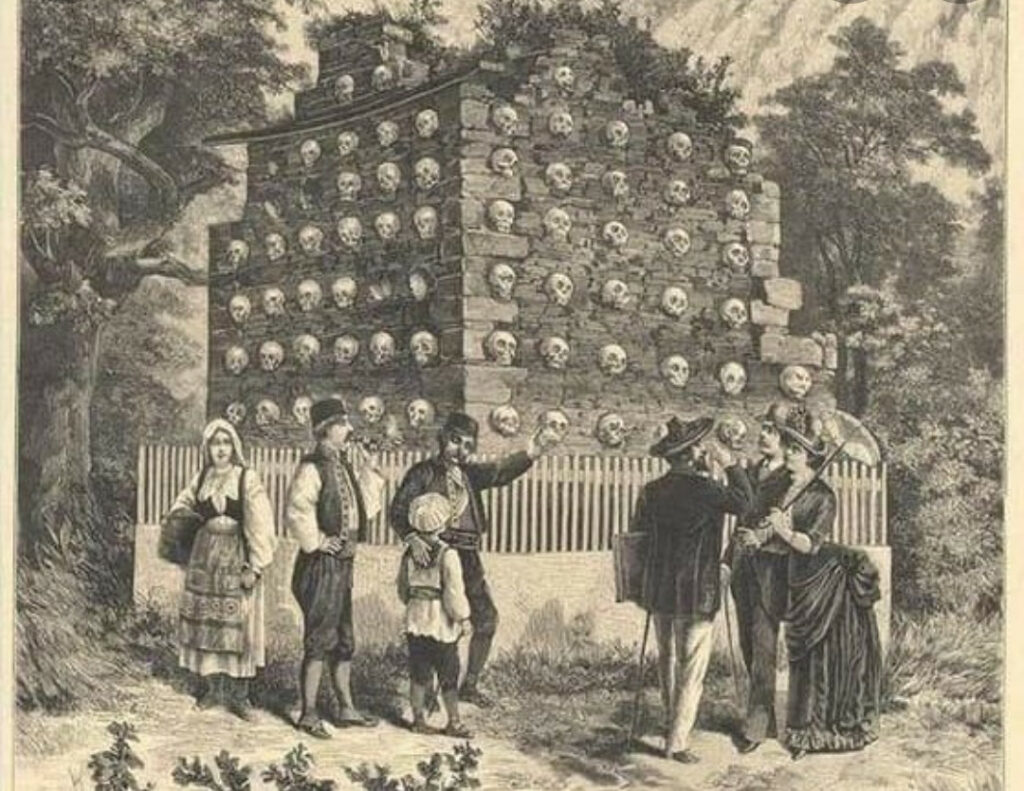In the heart of Niš, Serbia, stands a chilling monument that serves as a haunting reminder of the country’s turbulent past under Ottoman rule. The Skull Tower, a structure built with the skulls of Serbian rebels, is a grim testament to the sacrifices made in the fight for independence.
This blog post will delve into the fascinating history behind the Skull Tower, exploring the events that led to its construction, its rise and fall, and its enduring significance as a symbol of Serbian national identity. Through this examination, we will gain a deeper understanding of the struggles and triumphs that have shaped Serbia’s history.
The Battle of Čegar and the Birth of the Skull Tower
The story of the Skull Tower can be traced back to the First Serbian Uprising against Ottoman rule in 1809. Serbian rebels, led by the brave commander Stevan Sinđelić, engaged in a fierce battle against the Ottoman forces on Čegar Hill. Facing certain capture and impalement, Sinđelić made the ultimate sacrifice – he detonated a powder magazine within the rebel entrenchment, killing himself, his subordinates, and the encroaching Ottoman soldiers.

In response to this act of defiance, Hurshid Pasha, the governor of the Rumelia Eyalet, ordered the construction of a tower using the skulls of the fallen Serbian rebels. This macabre structure, known as the Skull Tower, was intended to serve as a grim warning and deterrent against future uprisings.
The Tower’s Rise and Fall
Originally standing 4.5 meters (15 feet) tall, the Skull Tower contained 952 skulls embedded on its four sides in 14 rows. Over time, many skulls fell out or were taken by relatives and souvenir hunters, diminishing the tower’s imposing presence.

In 1861, the last Ottoman governor of Niš, Midhat Pasha, ordered the tower’s dismantling, realizing it no longer served as an effective deterrent against rebellion. This decision marked the end of the Skull Tower’s reign as a symbol of Ottoman power and control over the Serbian people.
A Symbol of Serbian Independence

After the Ottomans withdrew from Niš in 1878, the structure was partially restored, and a chapel was built to enclose it. Skull Tower has since become a potent symbol of Serbia’s struggle for independence, with thousands of visitors annually paying homage to the sacrifices of the Serbian rebels.
Today, only 58 skulls remain embedded in the tower’s walls, with the one thought to belong to Stevan Sinđelić encased in a glass container nearby. This macabre monument has become a powerful symbol of Serbian national identity, inspiring artists, poets, and musicians to commemorate the heroism and suffering of the country’s past.
The Enduring Legacy of the Skull Tower

The Skull Tower stands as a grim reminder of the high price the Serbian people paid for their independence from Ottoman rule. This haunting structure has become a testament to the enduring spirit of the Serbian people, who have faced countless challenges throughout their history but have emerged stronger and more resilient.
As Serbia continues to grapple with its past, the Skull Tower remains a powerful symbol of the country’s struggle for self-determination. It serves as a sobering reminder of the sacrifices made in the pursuit of freedom and the importance of preserving the memory of those who fought for the independence of their homeland.
Conclusion

The Skull Tower is a haunting relic of Serbia’s turbulent history, a monument that bears witness to the sacrifices made in the fight for independence. Through the examination of this grim structure, we gain a deeper understanding of the struggles and triumphs that have shaped the Serbian nation.
As we reflect on the legacy of the Skull Tower, we are reminded of the enduring spirit of the Serbian people and the importance of preserving the memory of those who fought for the freedom of their homeland. This macabre monument stands as a testament to the resilience of the human spirit and the power of sacrifice in the pursuit of self-determination.

